Grassleaf coneflower
Grassleaf coneflower (Rudbeckia graminifolia) has brick-red solitary flowers that bloom in summer. They are distinctly different than most Rudbeckia species. The plant is endemic to Florida.
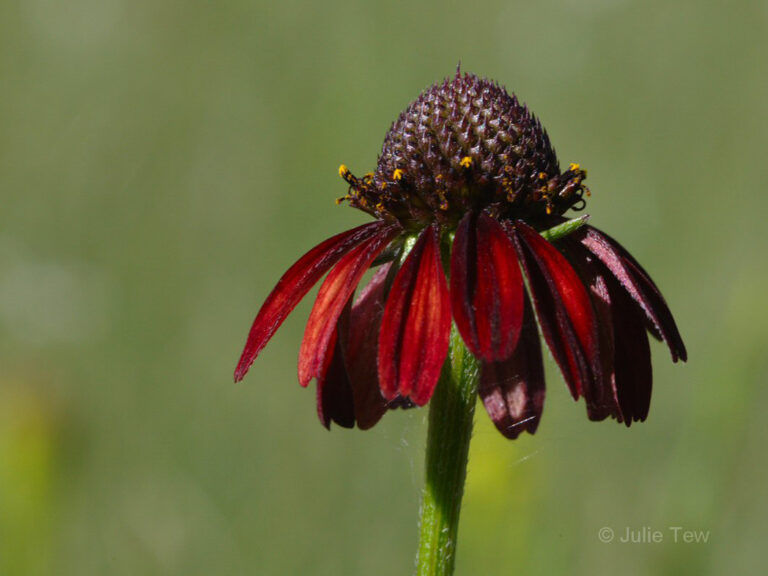
Grassleaf coneflower (Rudbeckia graminifolia) has brick-red solitary flowers that bloom in summer. They are distinctly different than most Rudbeckia species. The plant is endemic to Florida.
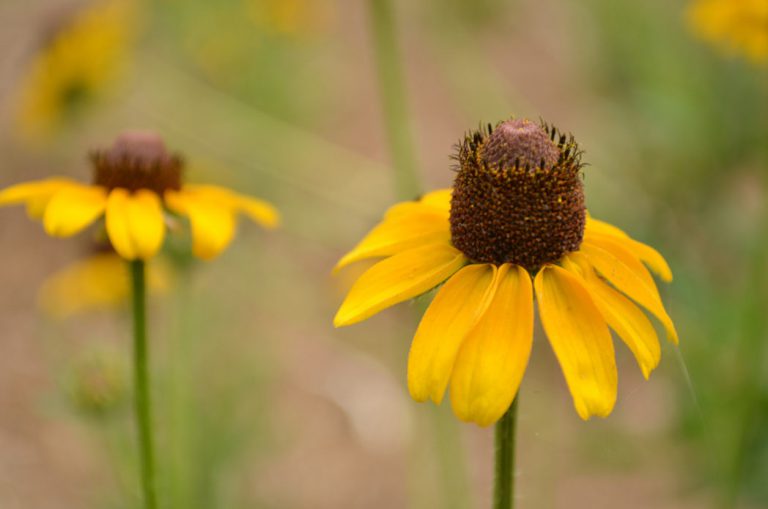
Black-eyed Susan (Rudbeckia hirta) typically blooms in spring through fall. It is pollinated by a variety of insects, and its seeds are eaten by seed-eating birds.
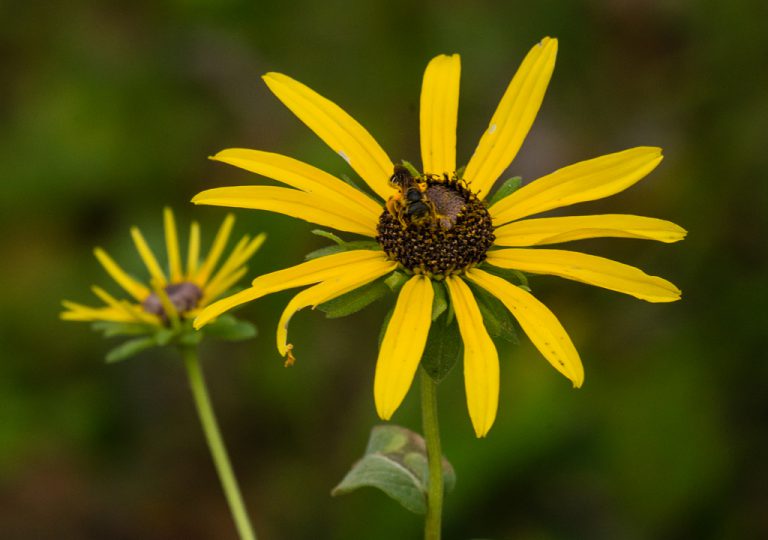
Softhair coneflower (Rudbeckia mollis) is a robust plant with bright yellow blooms that provide spring and summer color to sandhills, dry open hammocks and roadsides in North and Central Florida
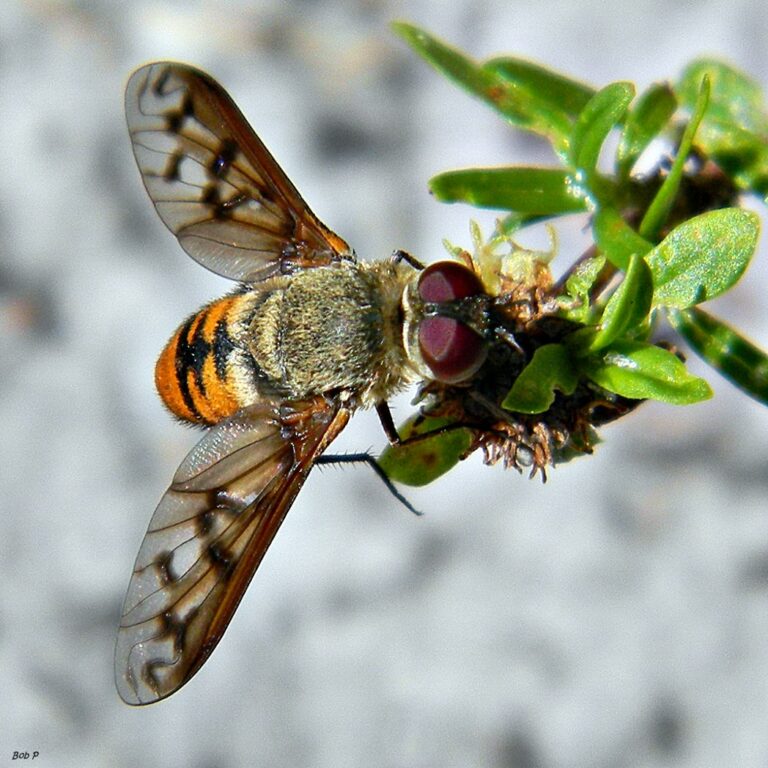
The Bombyliidae family is large and diverse. Members nectar at flowers in the composite family. Bee flies are true flies that imitate bees to scare predators away.
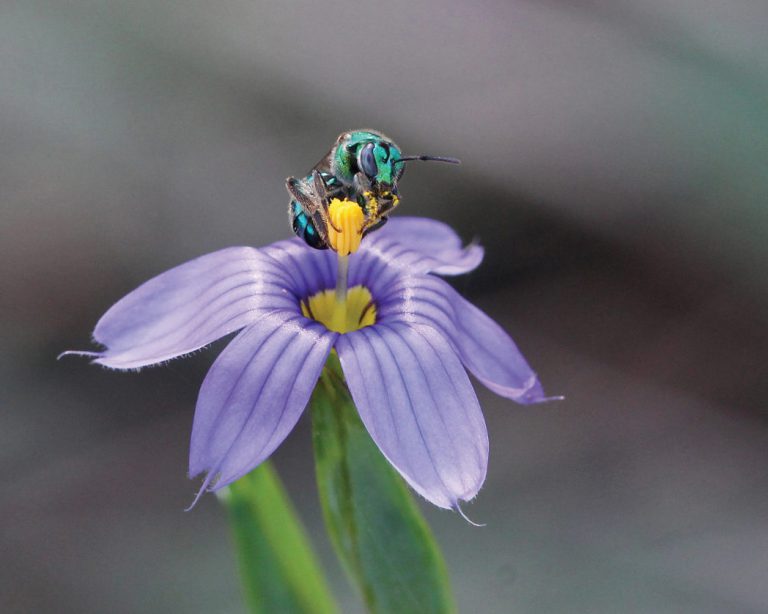
This bloom report is from March 2017. Earlier-than-normal blooming of spring wildflowers is occurring more often, but this year stands out because some wildflowers are blooming nearly a month earlier than expected.
Florida Department of Transportation Wildflower Program This page is hosted by the Florida Wildflower Foundation as a courtesy to the Florida Department of Transportation. Photo Gallery The photos on this page highlight the successes of the Florida Department of Transportation Wildflower Program over the past 20 years. Due to construction activities, necessary re-working of roadsides…
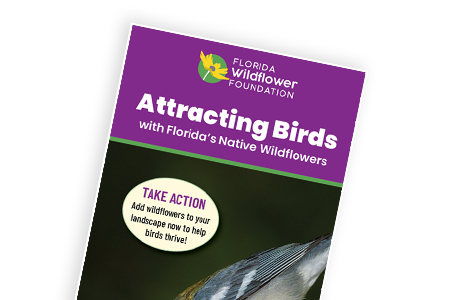
Bring birds into your landscape by planting Florida native wildflowers, grasses and shrubs that provide food and habitat. Learn more now. Versión en español disponible.

You can help provide food and habitat for Florida’s butterflies by landscaping with native wildflowers. Learn more now. Versión en español disponible.
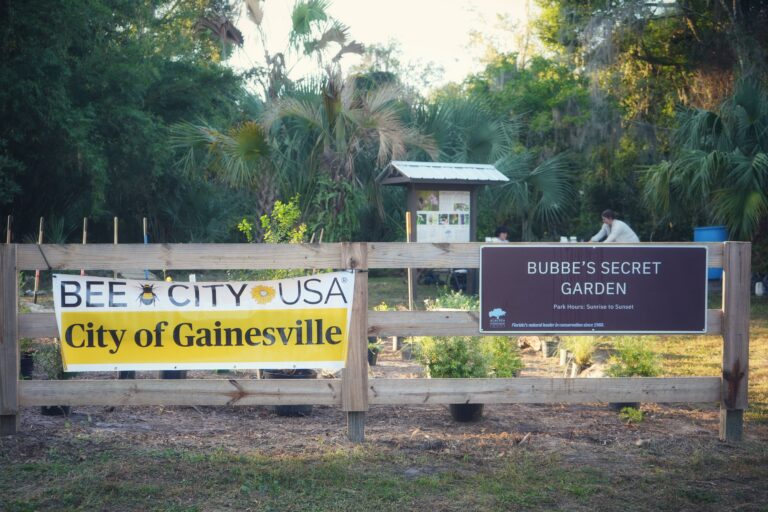
A native plant demonstration garden at ACT’s Bubbe’s Secret Garden: 1225 NW 4th St, Gainesville, FL 32601
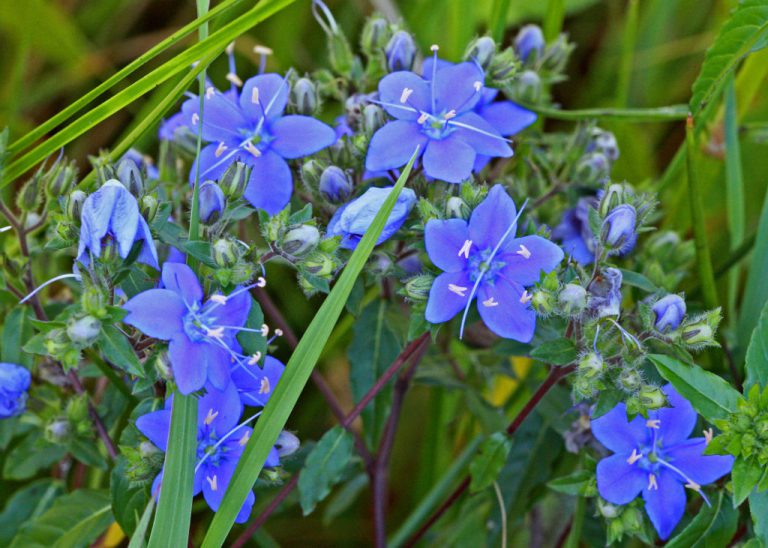
This bloom report covers summer wildflowers to look for in moist and wet areas and at the coast. There are also plenty of summer orchids to look for in South Florida.
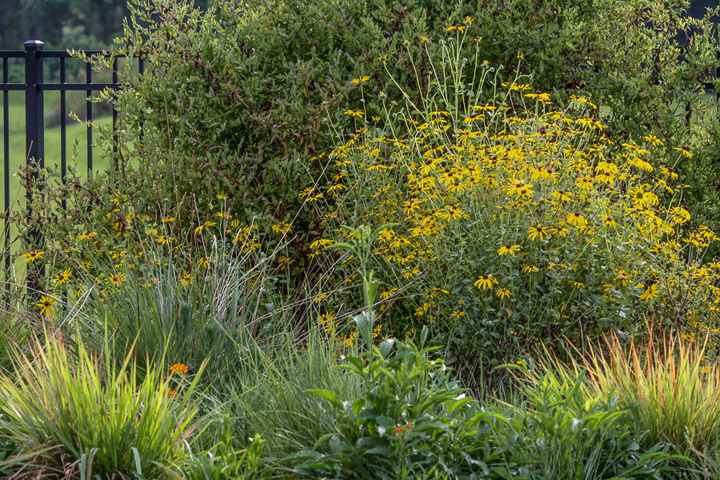
As summer progresses many of our fall-blooming wildflowers become tall and stately, forming backdrops and filling fence rows as they reach peak bloom from September through December. But this is when storms increase, bringing intense waves of wind and rain.
Have you ever had a deer wander into your yard to dine on your landscape plants? Well, that’s what happened several years ago at a wildflower demonstration garden.